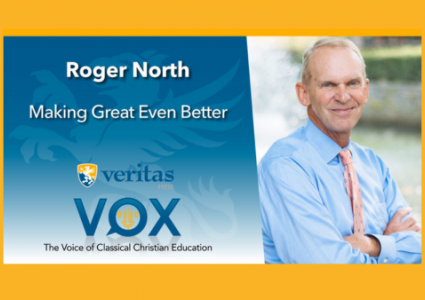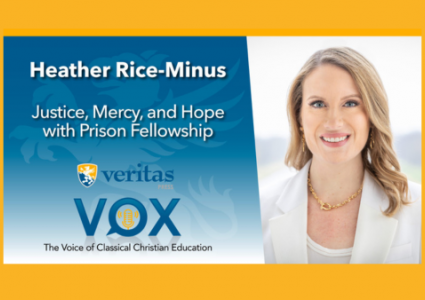The Power of Narrative in the Classroom

The discussion on how best to teach will go on in perpetuity. I entered the conversation in 1998, when I thrust myself full-tilt into graduate studies in education at the University of Pennsylvania. My, did we spend a lot of time talking about pedagogy, andragogy, and heutagogy. There were no emojis at the time. I think they would have rounded out the conversation.
By the time I began thinking about the focus of my dissertation, I struggled with the question. That is, “the question” I needed to decide upon to guide my research. Actually, there were three of them, but that’s beside the point.
I do love education – all of it, but conducting research and writing several hundred pages on what I discovered about one little facet of this vast discipline? Good heavens. Speaking of heaven, when you just don’t have any answers of your own (this sounds like fodder for a riveting theological conversation), you look heaven-ward and plead for some direction. I’m glad to say I got my direction. Problem solved, sorta. There was still much to do.
Jesus, who in May of 1998 became the most important part of my life, was a great educator. So went my reasoning. So should I study Him? Any Ivy Chairs of dissertations want to take that on with me? Maybe if I were to focus on how He taught – something He did as the educator of educators that would give me the opportunity to learn more about Him, as well as how we educators might become a bit more like Him. That sounds like something I could pursue with passion. Aside: Don’t try to get a doctorate, or write a dissertation, without a dose of passion. It won’t go well.
Jesus made extensive use of parables. I didn’t always understand why He used story so much. In fact, I misunderstood this until I read Matthew 13. But that’s another article. Point is, Jesus made use of a strong cultural tradition, in part, to convey a point, to teach. He used narrative. He told stories. He put earthly information right beside something heavenly, so that the latter might be understood. We “get” stuff when we’re able to make connections between existing knowledge and new information.
The secular educational community has become particularly critical of lecture in the past couple decades. It’s believed to be a “teacher-centered” practice, and therefore, to be generally avoided when other methods are available. But isn’t this what Jesus used? If He used it, surely it’s good enough for us. So what were “we” (educators) purportedly missing as we sought to make greater use of other, more “learner-centered” methods, consequently leaving less and less space for the more traditional practice of lecture? Could anything be done to rescue this age-old method that I had personally appreciated in my own education?
Lecture is a teacher-centered practice, granted. The assumption one might make, therefore, is that it arises out of teacher-centered principles. However, if one uses a technique within this traditional, teacher-centered practice to make it truly learner-centered in principle, wouldn't we have a case for “saving” lecture? Might this keep educators from mistakenly throwing the baby out with the bathwater?
Enter narrative. As I pursued this question, I was surprised to find that nowhere in the extant literature was there a case made for narrative being the answer to the purported “problem” of lecture. Furthermore, as I conducted an ethnographic study of those who routinely practice storytelling in their teaching, I found certain characteristics that were consistently present, and three in particular: They focused their narratives on people and on places; their narratives were about others, not themselves; and they anchored their narratives in a timeline, telling their stories chronologically. At the very beginnings of Veritas a couple decades ago, Marlin and Laurie Detweiler offered homeschooling families the now-famous Veritas Press Bible and History flashcards. As I examined these curricular materials several years ago, I was struck with how well aligned they were with the learner-centered principles in which I had become fluent. They developed these materials with the very characteristics I’ve mentioned here. Imagine my delight when I discovered biblical material that followed the same pattern I had found years earlier in secular education, knowing just how effective this approach is. Two passions – the use of narrative and its powerful characteristics, and the truths found in God’s Word and history – walking side by side. What a blessing.






